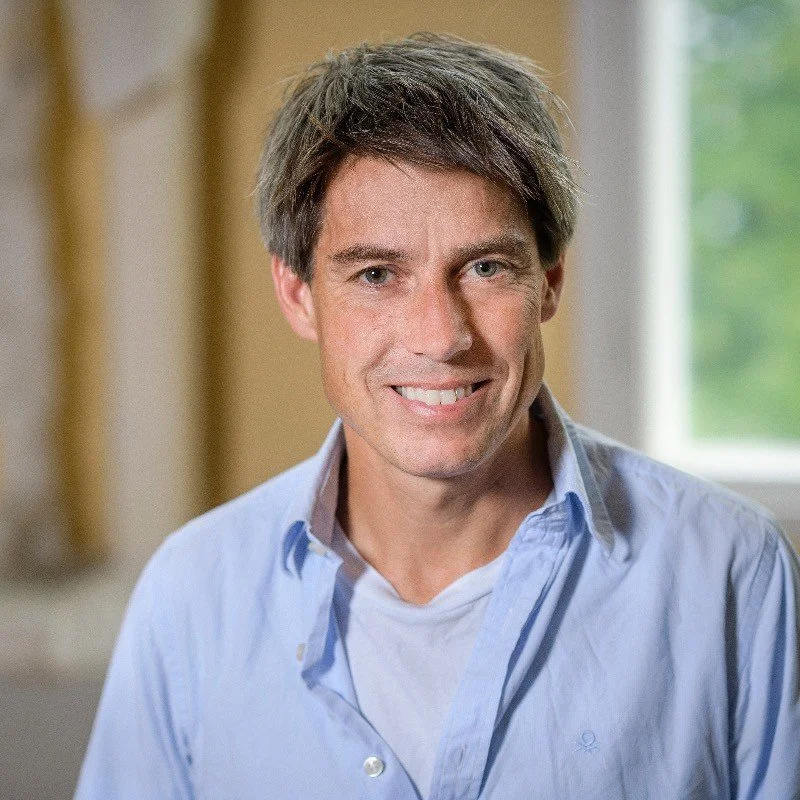What if cities were designed not just for people — but also for bats, moths, and wildflowers? We Live Here Too invites children to reimagine urban life through storytelling, craft, and ecological care.
A Bat Retirement Home and McInsect Restaurant?
On a February morning in Gothenburg, a group of 4th graders imagined a future where bats had their own retirement homes and insects could grab a bite at “McInsect” — a fly-in restaurant designed by and for bugs. These creations weren’t just whimsical play. They were part of We Live Here Too, a new workshop format exploring how children can learn about urban ecology through imaginative design and multispecies storytelling.
Set in Slottsskogen park and the Gothenburg Museum of Natural History, the pilot workshop combined outdoor exploration, creative crafting, and speculative urban planning — all from the perspective of species often left out of city planning.
We Live Here Too: Imagining Cities for Bats, Moths, and Wildflowers
Learning and Imagining With Other Species
Urban nature is usually seen through a human lens: green spaces to relax in, pollinators to boost food security, trees to cool the city. But what happens if we ask: what do other species need in order to thrive here?
In We Live Here Too, each child was randomly assigned to a station focused on one species — bat, moth, or heather — and learned its story: where it lives, what it eats, what it struggles with in the city. With that knowledge, they then designed cities where their species could flourish. The results were imaginative, funny, and insightful — from attics and caves for sleepy bats to tram lines for elderly ones.
Some species were easier to relate to than others. Moths were seen as “ugly” and heather as abstract. But with encouragement, even the most reluctant participants came up with designs that responded to ecological needs. Facilitators noticed that storytelling, visuals, and personal engagement were key to sparking curiosity and empathy.
Models and storyboards used during storytelling
Why It Matters: From Play to Transformative Thinking
At first glance, a room full of kids making cardboard cities may not look like a site of transformative change. But the workshop subtly disrupts how we think about cities and nature. By shifting perspective — from human to more-than-human — it introduces care, curiosity, and complexity into the conversation about sustainable urban futures.
Children’s creations from the workshop will be compiled into a booklet to inspire planners, architects, and educators. Could their ideas actually shape future city design? Maybe not directly. But they challenge us to think differently about whose needs count in urban environments — and they remind us that imagining alternative futures is a powerful first step toward creating them.
Different models from participants, imagining urban nature through a more-than-human lens.
About We Live Here Too
The initiative We Live Here Too is a collaboration between the researchers Johannes Stripple and Lisette van Beek (Lund University), the designers Inna Zrajeva and John Kazior (Feral Malmö) and Linda Thelin, a zoologist at Slottsskogen, City of Gothenburg. We Live Here Too integrates expertise from social science, ecology, design, and environmental education to bridge research, pedagogy and creative practice.
Author: Johannes Stripple
I’m an Associate Professor in Political Science at Lund University, Sweden. My research moves between worlds ending and worlds in the making — examining how apocalyptic imaginaries shape politics, and how speculative practices open space for new beginnings. I explore how environmental futures are envisioned and how they might be imagined otherwise, often working at the interface of science, fiction, design, pedagogy, and sustainability. Outside of work, I enjoy football and road-cycling — and I still dream of taking off on a long-distance bike trip one day. Maybe… time to pack the bags?
More reads
Feral Malmö is a design studio based in Malmö that organizes creative workshops about ecology in city life.
Climaginaries is creative platform that explores how environmental are imagined, and how storytelling, art, and design can open up new ways of thinking, feeling, and acting in response to the environmental crises.
View and/or download the workshop materials here (in Swedish).




